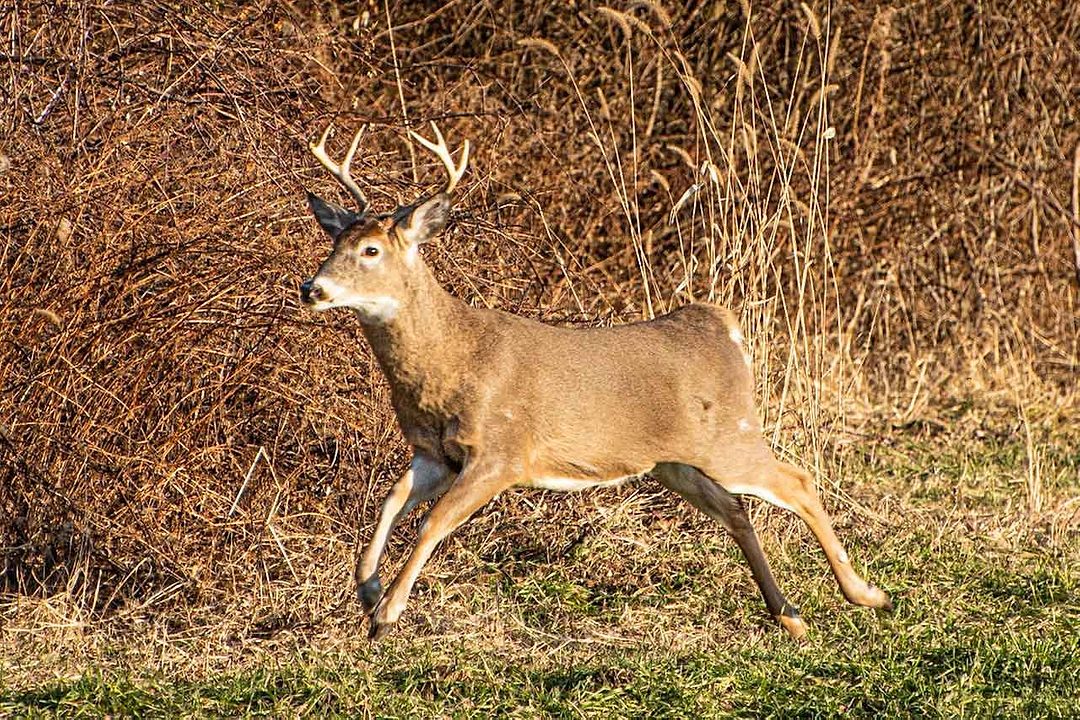Remember when mother said, “Want to go outside?” and we ran for the door with a big grin? Well, it is your time again; run for it! Hurry to and get out there and soak it in.
We should remind ourselves to look, listen, and smell. There is much to see, but we must look up, down, and around. Listen to the birds and try to match the sounds with the birds around us. Red-winged blackbirds and grackles are easy to match up in April. Do you smell the pines and the many blossoms? In springtime, we might take notes of newly arrived plants, birds, insects, frogs, turtles, and the many other elements of nature that spend the winters hibernating or in warmer areas or just waiting for the warm spring sun to come alive. Perhaps we should put our phones in our pockets unless we are taking notes or pictures of nature.
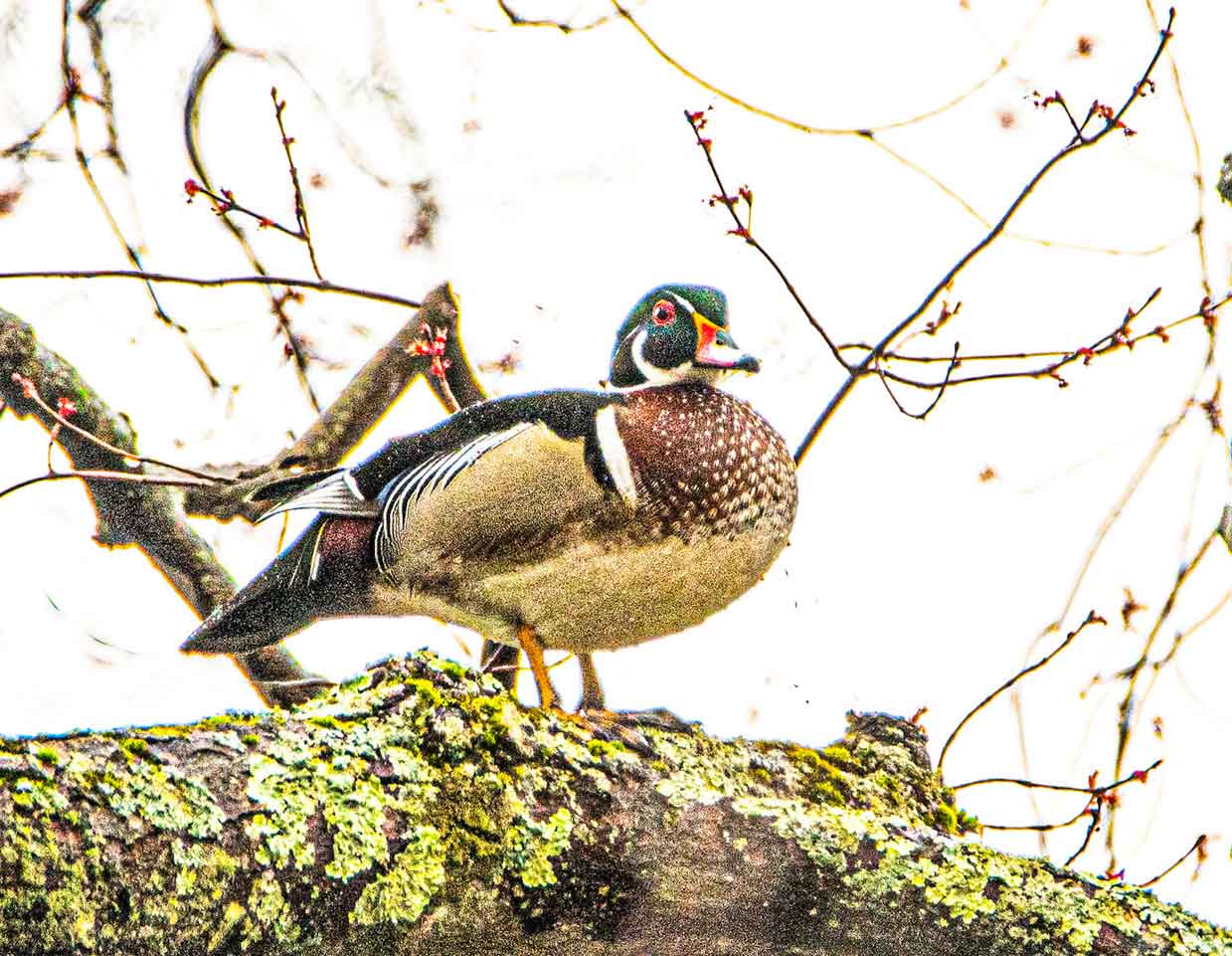
Do we look up enough? Don’t miss the Wood Duck sitting up above.

As I am walking a trail, I often wonder if there is an owl spying upon me. Owls are well disguised but do not roost very high, so I make a point to only look about 20 or 25 feet high in a tree with horizontal branches. The hawks also tend to perch about the same height.
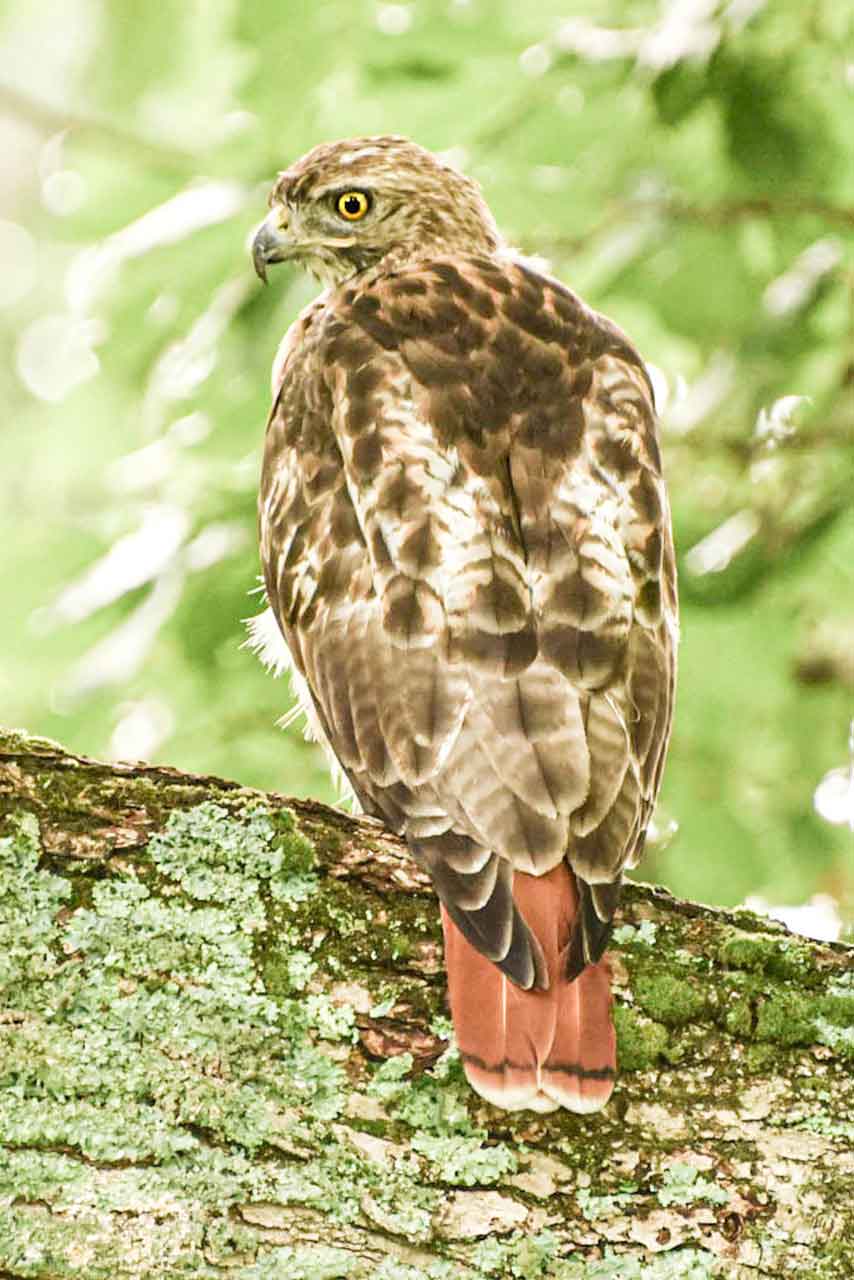
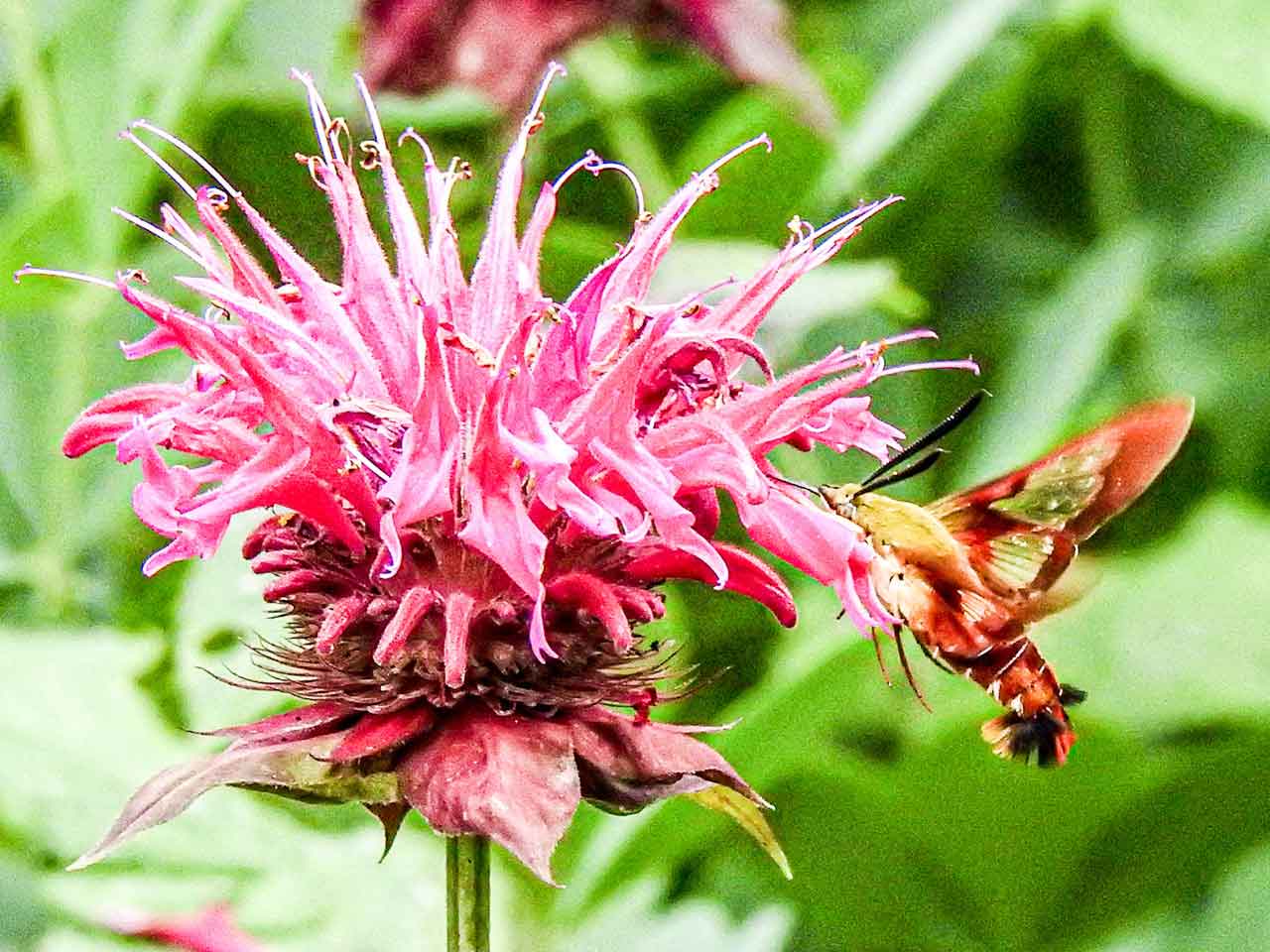
This bee balm (bergamot) smells like lemon. This one is visited by a hummingbird moth, also called a clearwing moth, that has a long tongue that it unfurls to sip nectar.
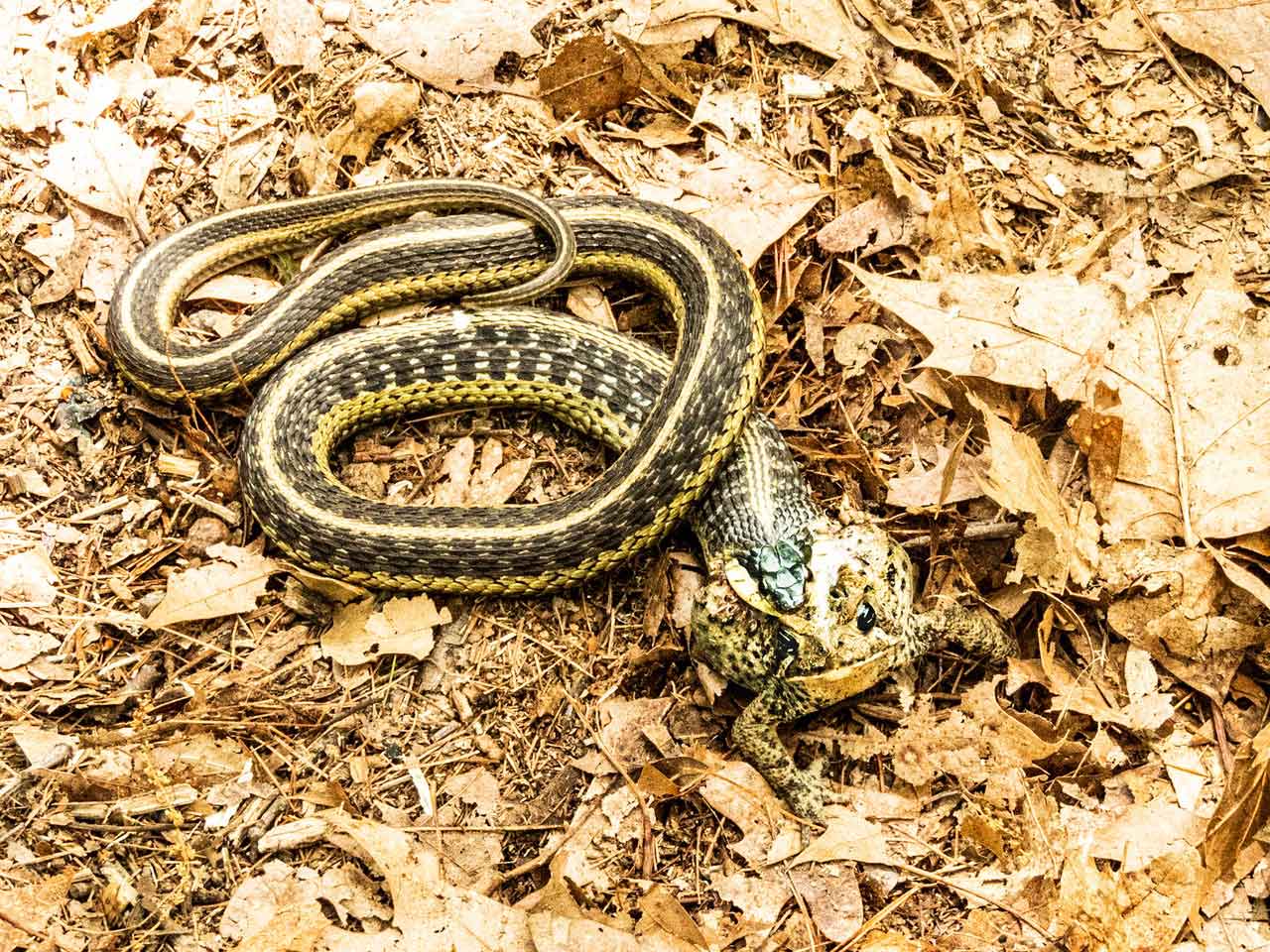
There is also much to see looking down. The flowers and plants are wonderful to view, but there is much more on the surface of our outdoors, and sometimes things are conflicting. A garter snake may have a different plan than a toad.
And do not forget to listen. Along with the birds singing and calling are many others sounds, such as frogs croaking, chipmunks chipping, spring peepers, bees buzzing, muskrats chattering, and the large milkweed beetle (somewhat quietly) purring and squeaking. This beetle is interesting. Milkweed plants are shared with the monarch butterfly, and the orange color of this beetle tells birds and other insect predators that it is poisonous, so do not eat me.
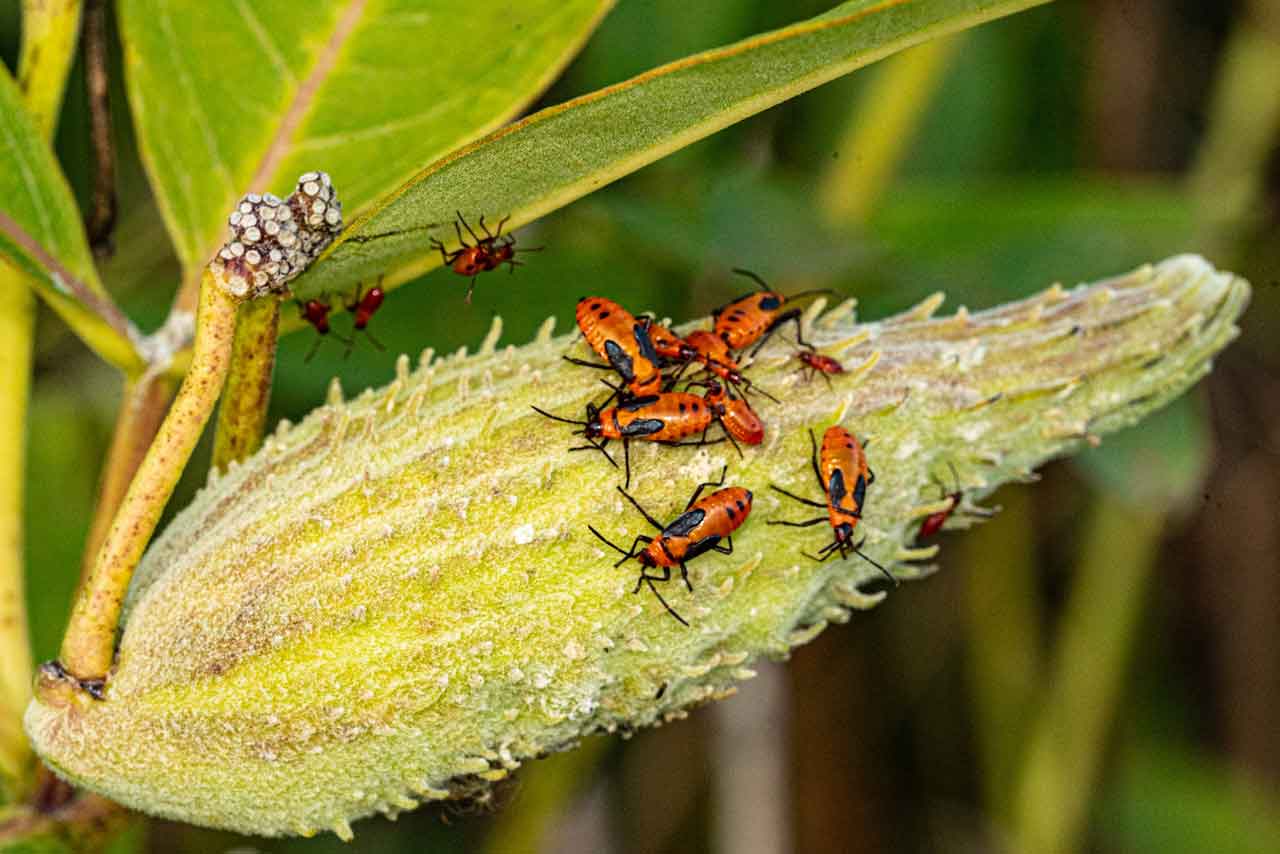
This beetle is interesting. Milkweed plants are shared with the monarch butterfly, and the orange color of this beetle tells birds and other insect predators that it is poisonous, so do not eat me. These beetles don’t like cold New England winters; hence, they migrate to southern areas.

